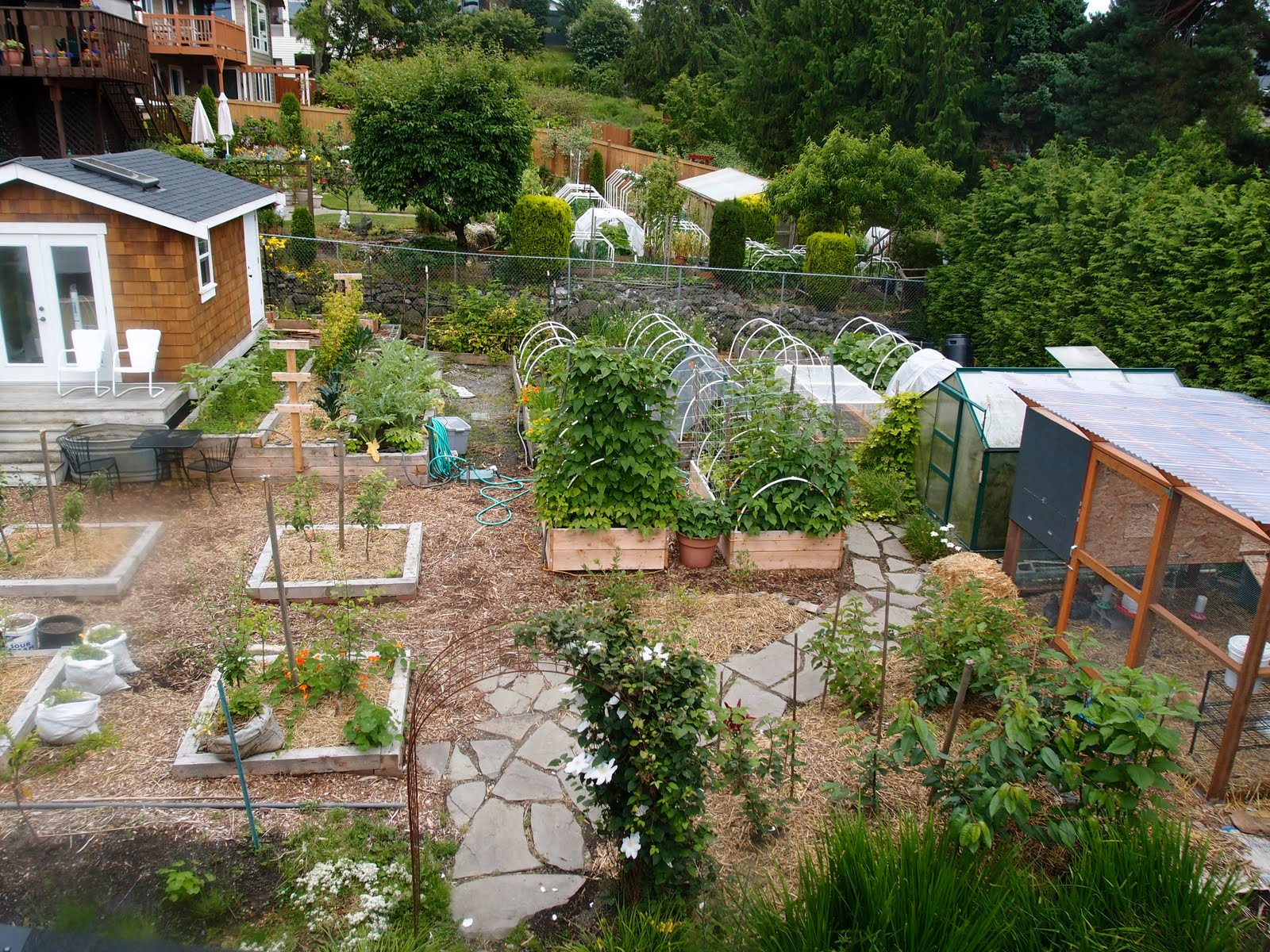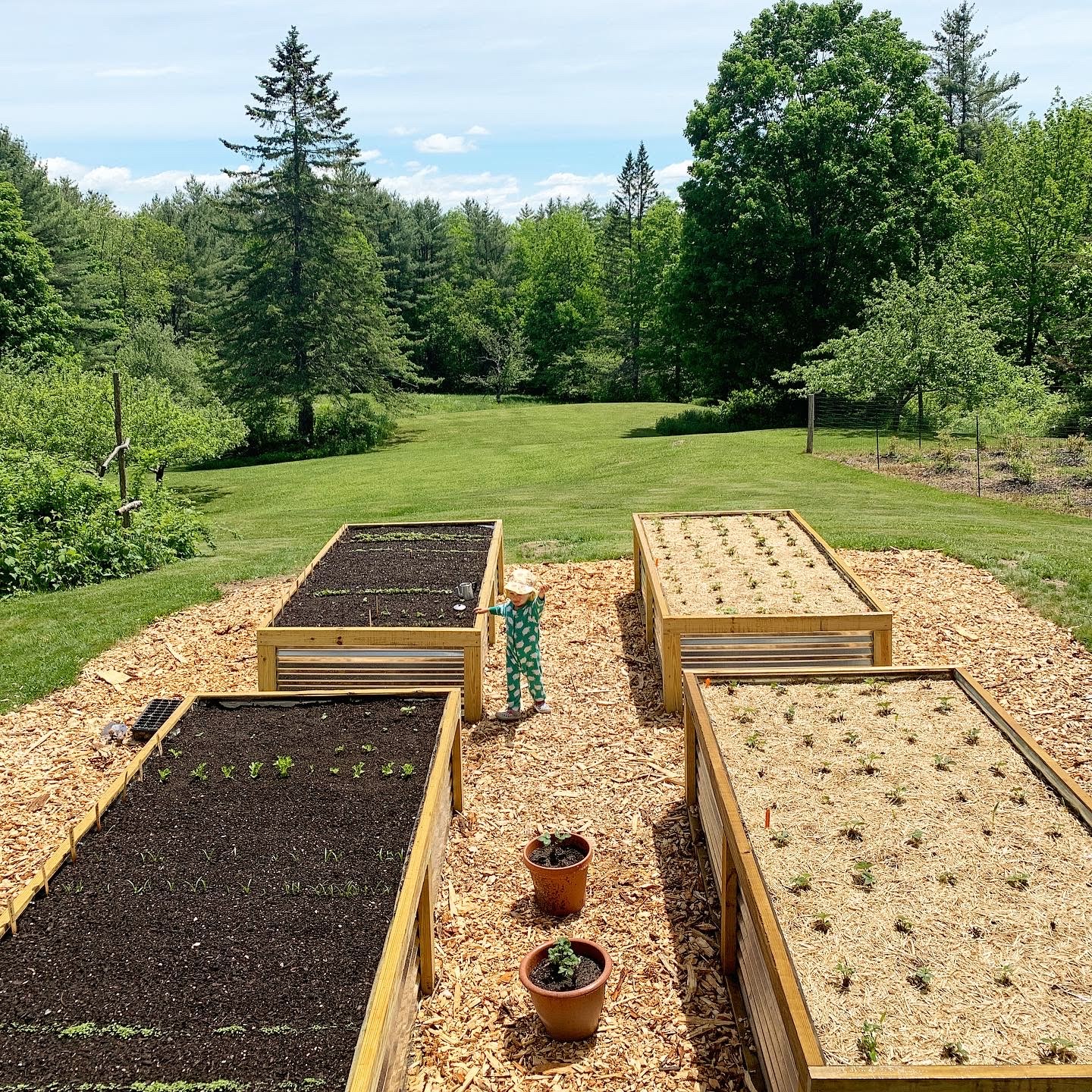Enhance Your Outdoor Area With Creative Horticulture Styles and Layouts
By discovering different designs, such as the lovely informality of home yards or the minimalism of modern-day aesthetic appeals, one can significantly boost the ambiance of their environments. Additionally, including upright gardening techniques and lasting practices not only improves visual appeal yet additionally promotes ecological awareness.

Home Garden Appeal
Cottage gardens, often identified by their lush, informal layouts, embrace an unified blend of veggies, natural herbs, and flowers, producing a vivid tapestry of shade and scent. This conventional horticulture design dates back to the late 19th century, coming from England, and is prized for its captivating, charming allure.
Crucial element of cottage yards include using perennial plants, climbing creeping plants, and self-seeding annuals, which contribute to an ever-evolving landscape. Planting in thick collections motivates a naturalistic appearance, permitting for a diverse mix of colors and appearances. Popular flowers such as delphiniums, hollyhocks, and foxgloves intermingle with great smelling herbs like lavender and rosemary, enhancing sensory experiences while advertising biodiversity.
Incorporating rustic features, such as weather-beaten trellises, wooden fencings, or rock paths, additionally enhances the aesthetic of a cottage yard. This style not just prioritizes beauty but also welcomes sustainability, as several plants are chosen for their capacity to bring in pollinators and provide food. Eventually, the home garden beauty lies in its kicked back, welcoming ambience, urging a deep link with nature while using a picturesque resort for relaxation and pleasure.
Modern Landscape Visual Appeals
While the appeal of cottage yards stimulates a sense of nostalgia and whimsy, modern-day landscape aesthetic appeals welcome an even more minimal and structured method. This contemporary design highlights simplicity, capability, and a combination with the surrounding environment. Tidy lines, geometric shapes, and a restricted shade combination characterize contemporary landscaping, allowing nature's charm to take center stage without unnecessary disturbances.
Materials play an essential function in achieving this aesthetic. Concrete, metal, and all-natural rock are regularly utilized to develop hardscapes that match the landscape instead of overwhelm it. On top of that, the cautious selection of plants is basic; indigenous varieties and ornamental yards are often preferred for their low maintenance and capability to prosper in neighborhood problems.
Water functions, such as smooth ponds or reflecting swimming pools, are likewise indispensable to modern-day styles, offering peacefulness and a focal factor. Sustainable methods, consisting of xeriscaping and making use of absorptive products, enhance the ecological responsibility of modern landscape design. Eventually, modern-day landscape aesthetics offer a chance to produce tranquil outside areas that reflect contemporary values while cultivating a much deeper connection to nature.
Vertical Horticulture Advancements
Vertical gardening developments have transformed the way we approach horticulture in limited spaces, allowing the growing of plants in city atmospheres where ground area is scarce. These cutting-edge techniques and structures permit garden enthusiasts to maximize upright surface areas, transforming walls, fencings, and even verandas right into lavish green areas.
One prominent development is making use of modular systems, which contain interlacing panels that can be conveniently mounted and reorganized - Homestead Gardening. These panels often come equipped with integrated irrigation systems, guaranteeing that plants receive adequate dampness while decreasing water waste. Additionally, vertical gardens can include a variety of plants, from blooming types to edible natural herbs, promoting biodiversity and boosting visual appeals
One more notable innovation is the combination of clever modern technology, such as sensors that keep an eye on dirt moisture and nutrient levels. This modern technology enables precise care tailored to the needs of individual plants, guaranteeing optimum development and health and wellness. Upright planters and lightweight materials made from recycled products add to sustainability while lowering the physical burden Go Here of conventional horticulture.
Lasting Horticulture Practices
Sustainable gardening practices have become a vital method for gardeners seeking to decrease their environmental impact while enhancing the health of their communities. These methods focus on the mindful administration of natural deposits, promoting biodiversity, and promoting a resistant landscape.
One key aspect of lasting gardening is soil health and wellness. Using natural compost, mulching, and crop rotation improves the dirt, advertising useful microbes and reducing the demand for chemical plant foods. In addition, indigenous plants are urged, as they need less water and are a lot more immune to regional parasites, hence minimizing reliance on chemicals.

Moreover, lasting gardening motivates using recycled products for yard structures and pathways, minimizing waste and ecological impact. By taking on these techniques, gardeners can create a successful outside space that balances with nature, ensuring both individual pleasure and environmental obligation.
Themed Yard Inspirations
Creating a themed garden can transform a common outdoor area into a captivating sanctuary that reflects individual style and rate of interests. Themed yards offer an one-of-a-kind chance to reveal creative thinking while improving here the visual allure of one's landscape. Popular themes consist of Japanese Zen yards, which emphasize tranquility with meticulously prepared stones, water functions, and minimalist plantings.
Another inspiring style is the home garden, identified by an informal layout loaded with a wealth of colorful flowers and great smelling herbs. This style advertises biodiversity and attracts pollinators, making it both ecologically beneficial and gorgeous.
For those with a fondness for adventure, a tropical yard can stimulate a trip feel, including vibrant foliage, lively blossoms, and perhaps also a little water function to simulate a resort environment.
Additionally, a themed yard can attract inspiration from literary works or history, such as a Shakespearean yard that incorporates plants pointed out in the Bard's jobs.
Selecting a theme not only gives direction in plant selection and layout but likewise creates a natural atmosphere that invites expedition and pleasure, making outdoor spaces genuinely unique.
Final Thought

Including rustic features, such as weather-beaten trellises, wood fences, or stone paths, further enhances the aesthetic of a cottage garden. Furthermore, upright gardens can include a selection read the full info here of plants, from blooming varieties to edible herbs, promoting biodiversity and improving appearances.
Developing a themed garden can transform an average outdoor area right into an exciting haven that reflects individual style and interests. Themed yards provide an one-of-a-kind chance to share creativity while enhancing the visual allure of one's landscape. The appeal of home gardens, the sleekness of contemporary landscapes, ingenious vertical gardening techniques, sustainable practices, and themed yards each contribute distinct elements that cultivate both appeal and performance.